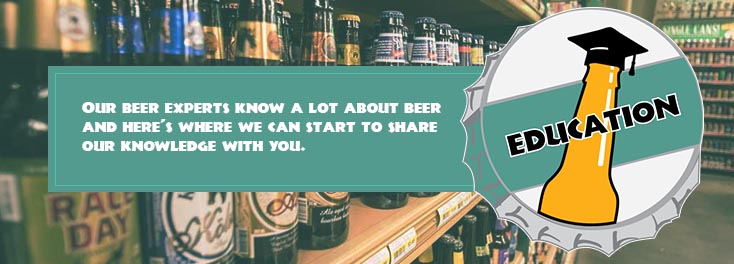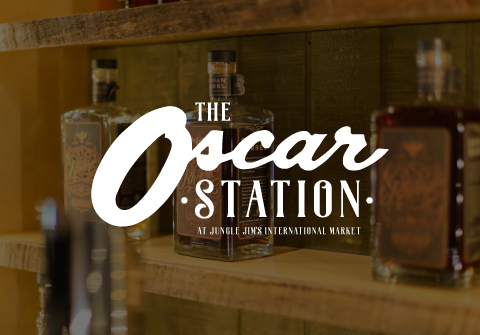
Beer Department: High ABV Beer
Back to feed- Posted: 11/3/2016
- Categories: Craft Beer
|
Since Ohio has recently repealed an asinine law that limited the alcohol content of all beer made or sold in Ohio to 12% alcohol by volume (ABV), our shelves have rapidly begun filling up with potent options. As customers begin exploring these bold new frontiers, I thought it would be a good time for a little insight into alcohol.
|
|
Aside from its effects on your mind and body, alcohol contributes significantly to your overall impression of beer. Alcohol contributes an inherent sweetness that, at higher concentrations, can begin to resemble the aroma of gasoline. This is referred to colloquially as “heat” and its appropriateness depends somewhat on your sensitivity to it. Alcohol also contributes body and viscosity. This viscosity is especially apparent in higher ABV beers as the beer begins to take on a downright slick, oily texture.
Beer and alcohol have a strained relationship. Most beer yeast isn’t strong enough to continue living in a high alcohol environment. Thus, most beer yeast will be killed off and fermentation will cease around 10-12% abv. To push past this barrier and achieve ultra-high alcohol content, brewers get creative. A good source of readily available fermentable sugar, such as honey, |
|
maple syrup or turbinado sugar might be enough to spur the yeast upward and keep it creating alcohol. Brewers might also employ mixed fermentation, wherein they pitch an additional, stronger yeast such as champagne yeast that can survive the high alcohol and continue producing.
All high alcohol beers will have some significant sweetness to them. Not only does alcohol create sweetness, the amount of unusable sugar left over from fermentation creates a great deal of residual sweetness. This hefty sweetness might be tempered by flavor additives or prodigious hopping, but sweetness is nevertheless part of the game. As you’re having fun exploring all the fun new beers and flavors that are now available to us, use a little common sense and err on the side of caution until you understand how higher alcohol beers will affect you. Many of these beers have alcohol contents that exceed wine or even low-proof spirits. Use your head and have some fun diving headlong into this bold new world of flavor. Cheers! Eric, Eastgate |
Want to receive the latest and greatest in Expert Picks and Recommendations? Sign up to receive our monthly Brew Crew Crewsletter!





